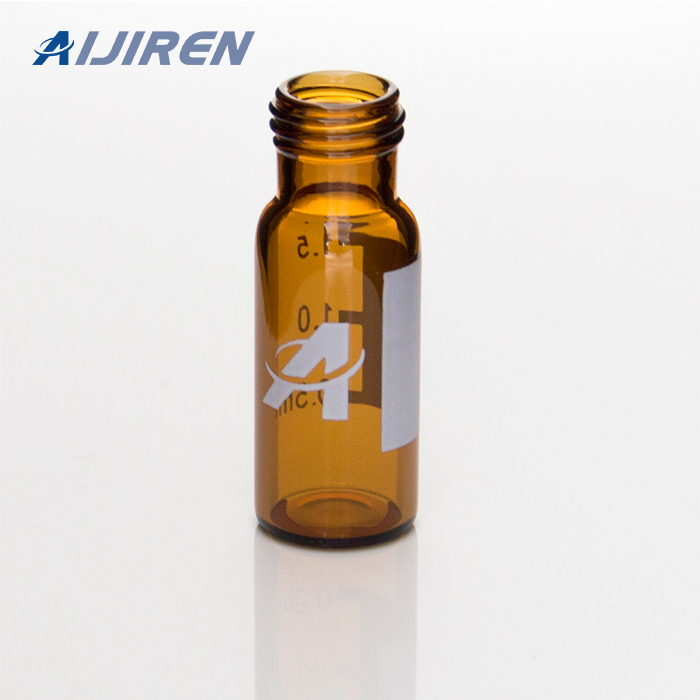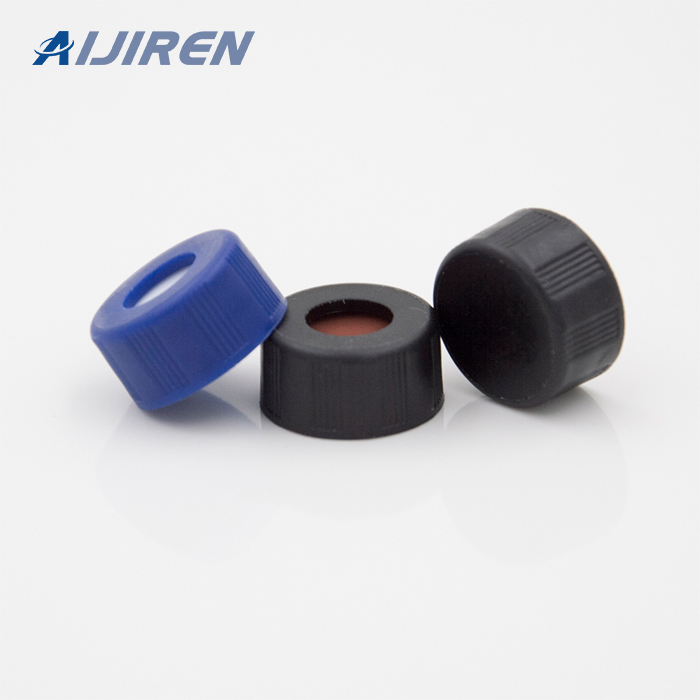








Oct 6, 2022 · The primary purpose of the laboratory control sample (LCS) is to demonstrate that the laboratory can perform the overall analytical approach in a matrix free of interferences (e.g., in reagent water, clean sand, or another suitable reference matrix) and its analytical system is in control. Therefore, the LCS results should be used in
High Recovery Vials & Vial Inserts. Aijiren's broad range of high recovery vials (also referred to as high recovery HPLC vials) are the vial of choice when working with limited sample volumes but not wanting to manually combine a standard 2 mL vial with a separate vial insert. Our portfolio also includes HPLC vial inserts that can be used with
Nov 26, 2021 · Cold storage. Placing the sample in a dark place or refrigerator can effectively inhibit the biological activities in the sample, prevent the sample from deterioration caused by exogenous microorganisms, and slow down the physical and chemical speed of the sample itself. The collection and preservation of samples is the most critical part in
The best choice in this case is glass, possibly adding a small volume of a solvent towards which the pollutants have a good solubility (e.g. addition of acetonitrile in water samples prevents the adsorption of polycyclic aromatic hydrocarbons (PAHs) on the walls of glass containers [ 87 ]).
Fill a vial with the appropriate volume and label the vial. 3. Prepare the Tea Sample. a. Pipette 10 mL of tea into a clean and Dry 50 mL volumetric flask and dilute to the mark with HPLC/CE grade water. b. Filter the sample using the provided filter. c. Rinse the filter by filtering the first 1-2mL of the sample into the waste beaker. d.
Jun 20, 2023 · See Sec. 11 of Method 8000D. Beginning with the earliest EPA GC/MS methods, EPA has provided an acceptance limit for the agreement of the RRT between the sample and the standard. The language has always read very much like what is in Sec. 11.6.1.2 of Methods 8260C and 8270D, namely that: "The relative retention time (RRT) of the sample
in the use of automation and newer instrumental extraction techniques) and long-term trends spanning over a decade. In a separate piece, Raynie and Ronald E. Majors explore high-throughput sample preparation as a possible technique for accelerating sample preparation time. They suggest that the best approach may be a combination of methods for
Sep 23, 2022 · 4. Results of Using Re-Washed Vials and Closures. There is a lot of research conducted on this topic. Here are the results of just one of them: Sample 1: Clear glass vials with re-washed 9 mm
2mL HPLC Clear Vials, Screw . Part 5 Autosamper Vial Product List (Bestsellers) 1. Screw 8-425 (8mm, N8) HPLC Vial, Cap, Septa and Inserts . They are made with a 5.5 mm opening. These vials are designed to work on most autosamplers that use 12mm x 32 mm crimp style vials.
Aijiren Tech Scientific offers the vials you need for all of your laboratory requirements and applications. Whether your needs include chromatography, sample storage, cryo-preservation or scintillation, we have options for you.
Sep 14, 2016 · In the present study, frequently used techniques for VFA extraction, preservation, and storage were adopted and evaluated by spiking experiments in order to determine the extractable concentrations of formate, acetate, propionate, and butyrate via HPLC using sludge of a full‐scale anaerobic digester of a wastewater treatment plant.
Aug 12, 2011 · Sample vials and contamination. The detailed results of the sample vial background contamination test are shown in Electronic Supplementary Material Table S2. Significant levels of As(V), 0.3–20 μg/L, were found in both clear and amber glass vials, which is to be expected due to the use of arsenic in glass manufacturing [25, 50]. Although
Dec 11, 2018 · 4.2 sample preparation methods 13 4.3 determination of organic analytes 14 4.4 immunoassay methods 17 4.5 miscellaneous screening methods 18 4.6 references 19 . table 4-1 recommended sample containers, preservation techniques, and holding times 9 appendix a summary of updates/changes in chapter 4 21
HPLC & GC Certified Screw Vial & Cap Kits for 2 mL Samples. Precleaned, EPA certified assembled kits; includes 40 mL screw vials and 24 mm. open top screw caps. 0.3 and 1.5 mL screw top vial-cap kits for analysis of small sample volumes. For use with environmental analyses under EPA regulations.
Filtration of acetonitrile using 0.2 µM filters. The smallest volume of acetonitrile that could be consistently filtered was 300 µL. When filtering 100 or 200 µL of acetonitrile sample, the vacuum pressure caused the solvent to spray into the system, which resulted in the sample spilling outside the vial.